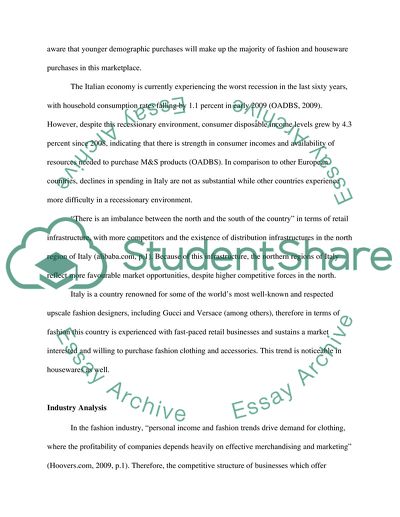Cite this document
(International Marketing of Marks and Spencer Company Case Study - 4, n.d.)
International Marketing of Marks and Spencer Company Case Study - 4. https://studentshare.org/marketing/1558952-international-marketing
International Marketing of Marks and Spencer Company Case Study - 4. https://studentshare.org/marketing/1558952-international-marketing
(International Marketing of Marks and Spencer Company Case Study - 4)
International Marketing of Marks and Spencer Company Case Study - 4. https://studentshare.org/marketing/1558952-international-marketing.
International Marketing of Marks and Spencer Company Case Study - 4. https://studentshare.org/marketing/1558952-international-marketing.
“International Marketing of Marks and Spencer Company Case Study - 4”. https://studentshare.org/marketing/1558952-international-marketing.


